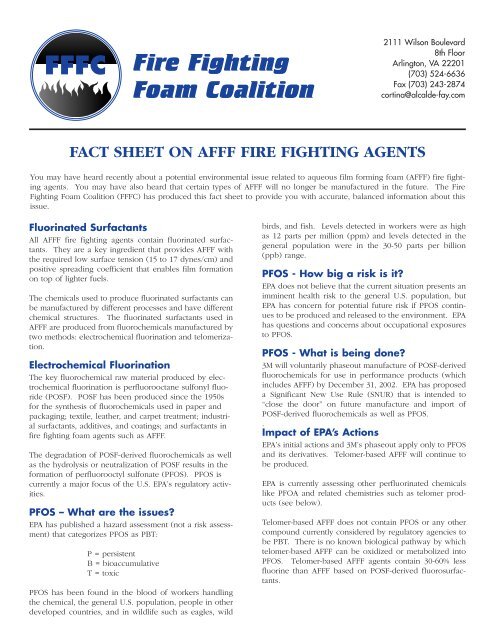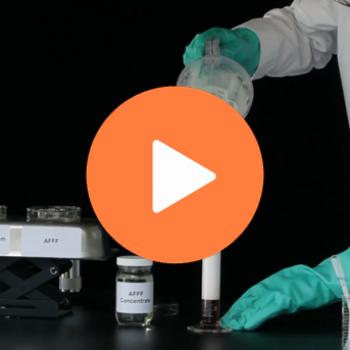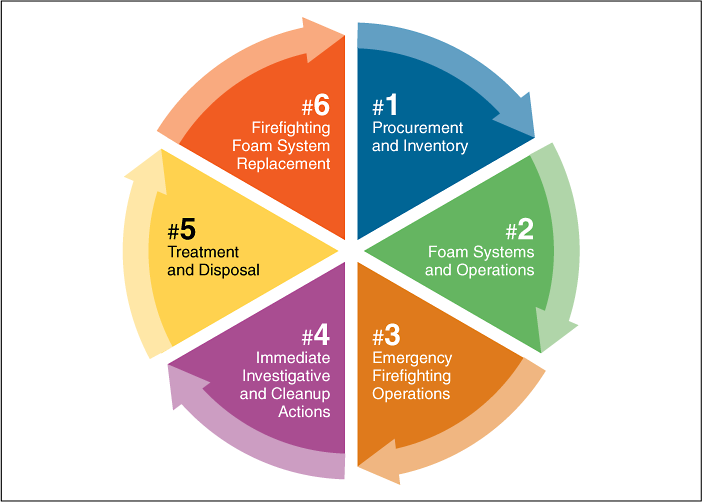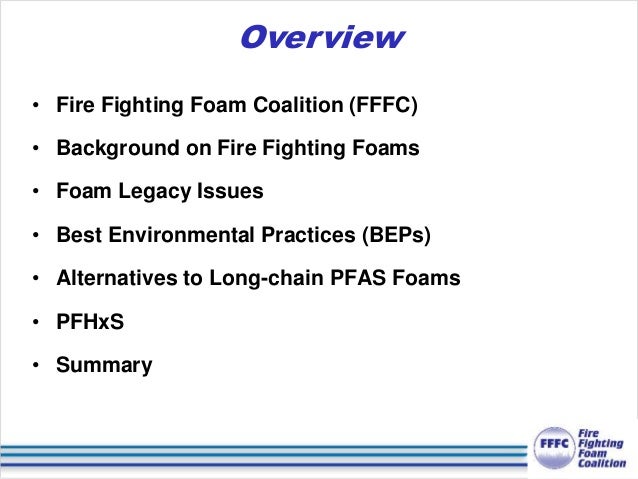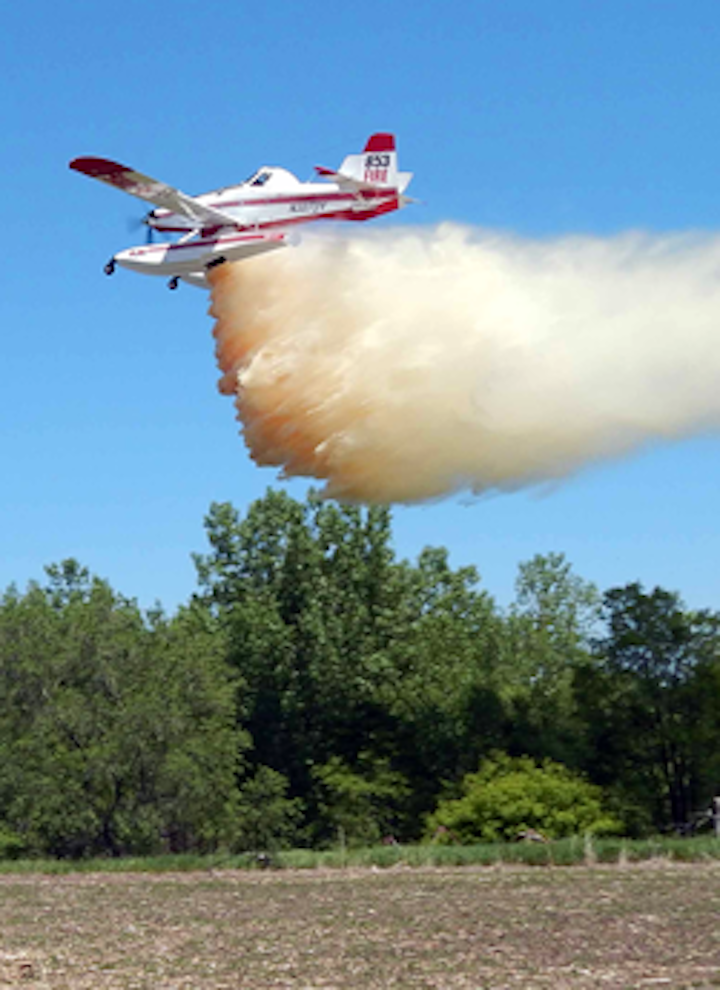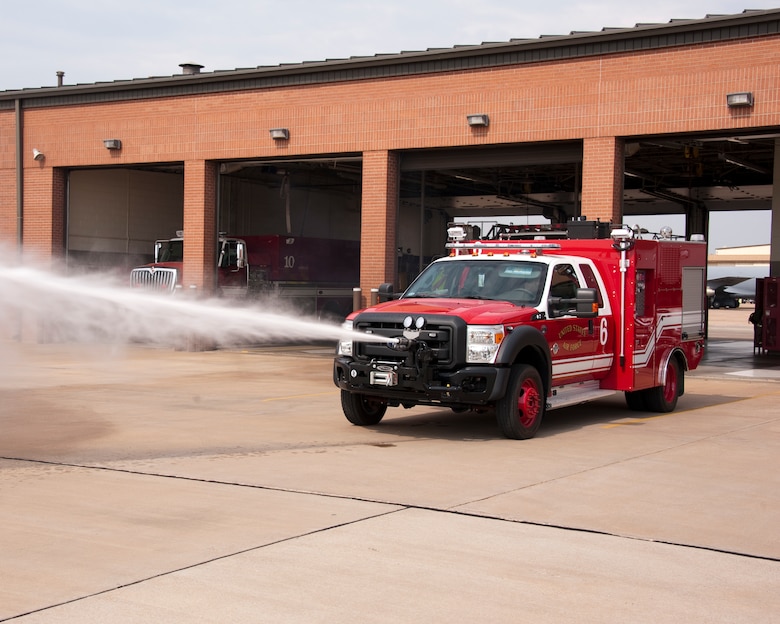Fire Fighting Foam Coalition

Fire fighting foam coalition in may 2001 afff and fluorosurfactant manufacturers met in washington dc with representatives of the us environmental protection agency epa the us military and major foam users to discuss the fallout from 3m s decision to stop production in 2002 of pfos based afff due to environmental concerns.
Fire fighting foam coalition. The ability of foam to rapidly. The coalition represents afff industry interests on all issues related to the environmental acceptability of fire fighting. Their use has proven to be essential for the control of flammable liquid fire threats. The chemicals used to replace pfos were safe for human health and the environment and afff was the only way to safely.
Fire fighting foam coalition fffc is a non profit trade association formed in 2001 to focus on issues related to the efficacy and environmental impact of fire fighting foams. The fire fighting foam coalition fffc is a not for profit trade association whose members are manufacturers distributors and users of aqueous film forming foam afff fire fighting agents and their chemical components. The surfactants used must produce foam in concentration of less than 1. Other components of fire retardant foams are.
Cortina was an old hand at defending chemicals from the epa but his newest clients were facing especially daunting troubles. The fire fighting foam coalition with dupont and the chemical company dynax among its founding members was soon making presentations to the epa and various branches of the military. Fluorine free foams are not as effective as afff agents at extinguishing flammable liquid fires claims an article by tom cortina of the fire fighting foam coalition in the latest issue of industrial fire journal. Titled check the facts the article cites several comparable test results to substantiate this claim.
T he fire fighting foam coalition was headed by lobbyist tom cortina. Their messages were reassuring. As a further resource concerning the use discharge and disposal of these products we remind our customers also to consult the fire fighting foam coalition s fffc best practice guidance for use of class b firefighting foam and the national fire protection association nfpa code 11 including its annex e entitled foam environmental. The coalition provides a focal point for industry technical reviews development of industry positions and interactions with relevant organizations such as.





